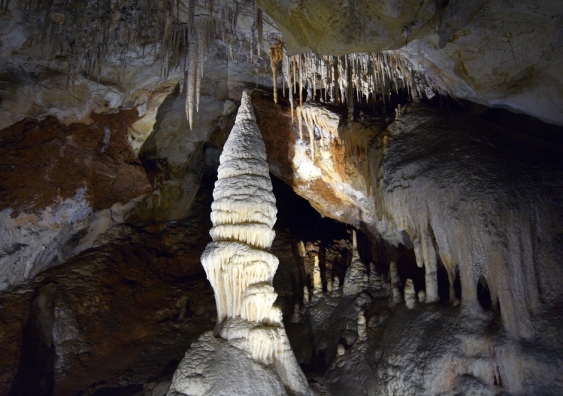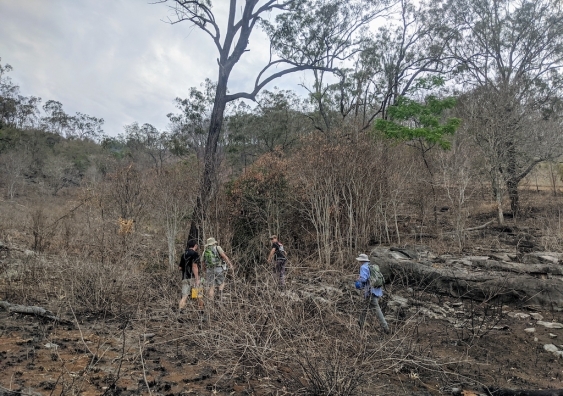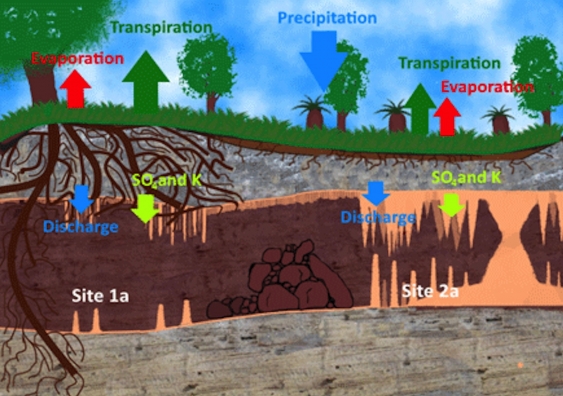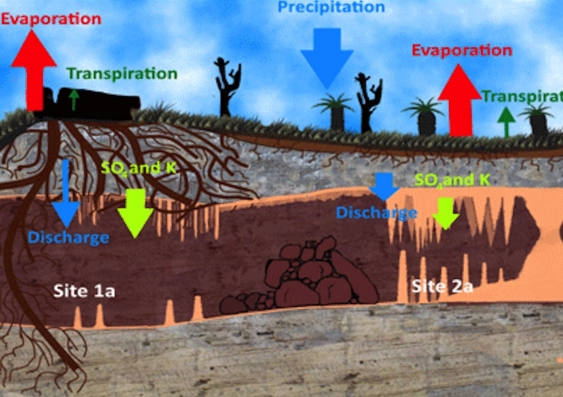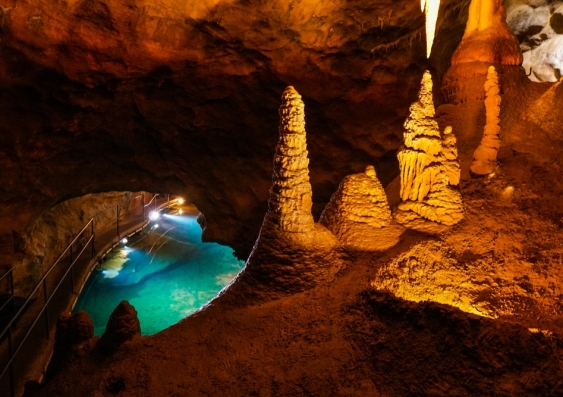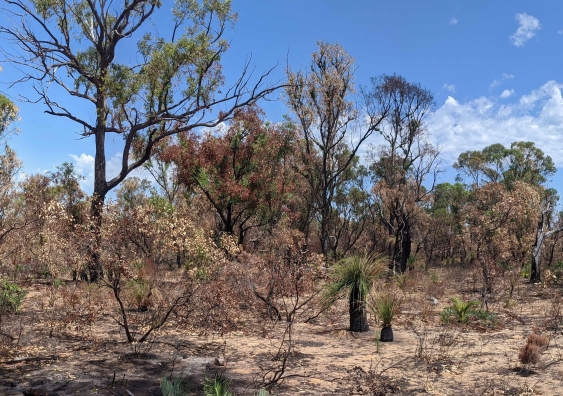Caves face new unknown after unprecedented bushfires
Caves are easily forgotten when fire rips through the bush, but despite their robustness the long-term impact of frequent, unprecedented fire seasons presents a new challenge for subsurface geology.


